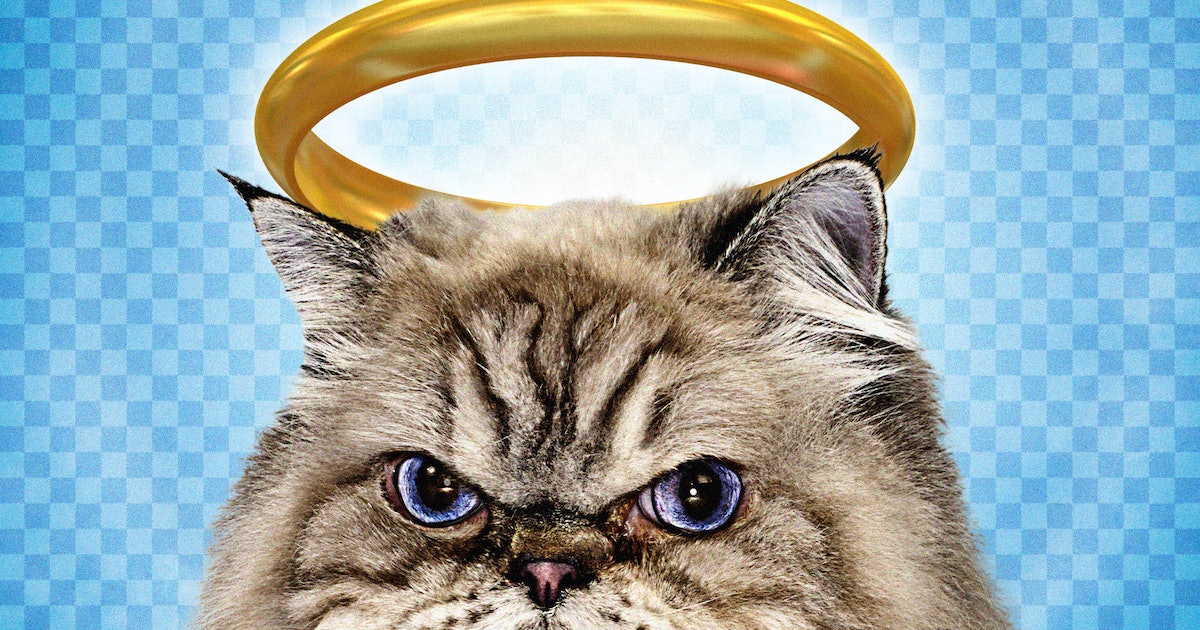I’m a member of a pet-loving family. We’ve cared for a snail colony and cherished a bearded dragon named Ender. Our house has witnessed the loss of a hamster, a frantic effort to save our beta fish when the aquarium shattered, and our backyard is strewn with dog toys from our two pandemic puppies. However, the death of our cat Zuri, unexpectedly euthanized at just 4 years old, marked our first experience of losing a pet.
As a parent, I often rely on my childhood memories to guide my children through tough times. Yet, dealing with this loss was particularly challenging. Unlike my current situation, my upbringing on a hobby farm exposed me to a multitude of animals, including strays and barn kittens. Many of my peers raised piglets or calves only to sell them by weight at the county fair. While pet deaths were not uncommon in my past, assisting my kids through this grief was uncharted territory. We stumbled through the process, hoping not to leave lasting scars on our children.
We had the opportunity to bid farewell to Zuri. Each of our kids chose to hold and cuddle her, despite her ailing condition. While my husband took her to the vet, I stayed with the kids. We coped by indulging in ice cream and watching a distracting movie. In the following days, tears and sorrow surfaced intermittently, interspersed with moments of joy. Children are adept at compartmentalizing emotions, a coping mechanism that can shield them from overwhelming feelings.
Then came an unexpected turn of events.
Weeks later, we were notified to collect Zuri’s ashes from the vet. My husband brought home a small velvet pouch inscribed with “Until we meet again at the Rainbow Bridge” and a paw print. This moment reignited the children’s grief, prompting another wave of sadness. When I was storing the bag, my 10-year-old daughter requested to see the ashes, a sentiment echoed by her siblings.
Despite my initial hesitation, I decided that viewing the ashes might provide closure and aid in their grieving process. I described the expected contents, envisioning a bag of gray dust akin to movie scenes involving ashes.
To my surprise, the bag contained not only dust but numerous bone fragments and teeth. The children were horrified, tears welling up as I swiftly closed the bag, apologizing for my impulsive decision. After calming them down, I acknowledged my misjudgment and shared the experience on X, prompting an outpouring of similar stories and insights into the cremation process.
Parenting often unfolds unexpectedly, devoid of scripted solutions found in parenting books. Quick, improvised responses are often required in challenging moments, without the luxury of scrolling through grief tips or consulting a helpful library resource.
Rather than self-criticism or succumbing to online scrutiny, we embraced the opportunity to learn. We delved into discussions about cremation, its process, and the disparity with cinematic portrayals. Embracing my children’s curiosity, we explored details such as temperature and even visualized the cremation oven through online images.
Months after our loss, my children appear to be coping well. While we contemplate welcoming a new cat into our family, we proceed cautiously. The children express concerns about potential future losses, prompting discussions about the inevitability of life cycles and the value of cherishing moments with our pets. Despite uncertainties, we acknowledge that the love shared with our pets is worth the eventual goodbyes. This experience has equipped us to navigate future losses with greater resilience.
Meg St-Esprit, M. Ed., a journalist and essayist based in Pittsburgh, PA, is a mother to four adopted children and twins. Her writing delves into parenting, education, trends, and the humorous aspects of raising children.
Excited for what’s next?

